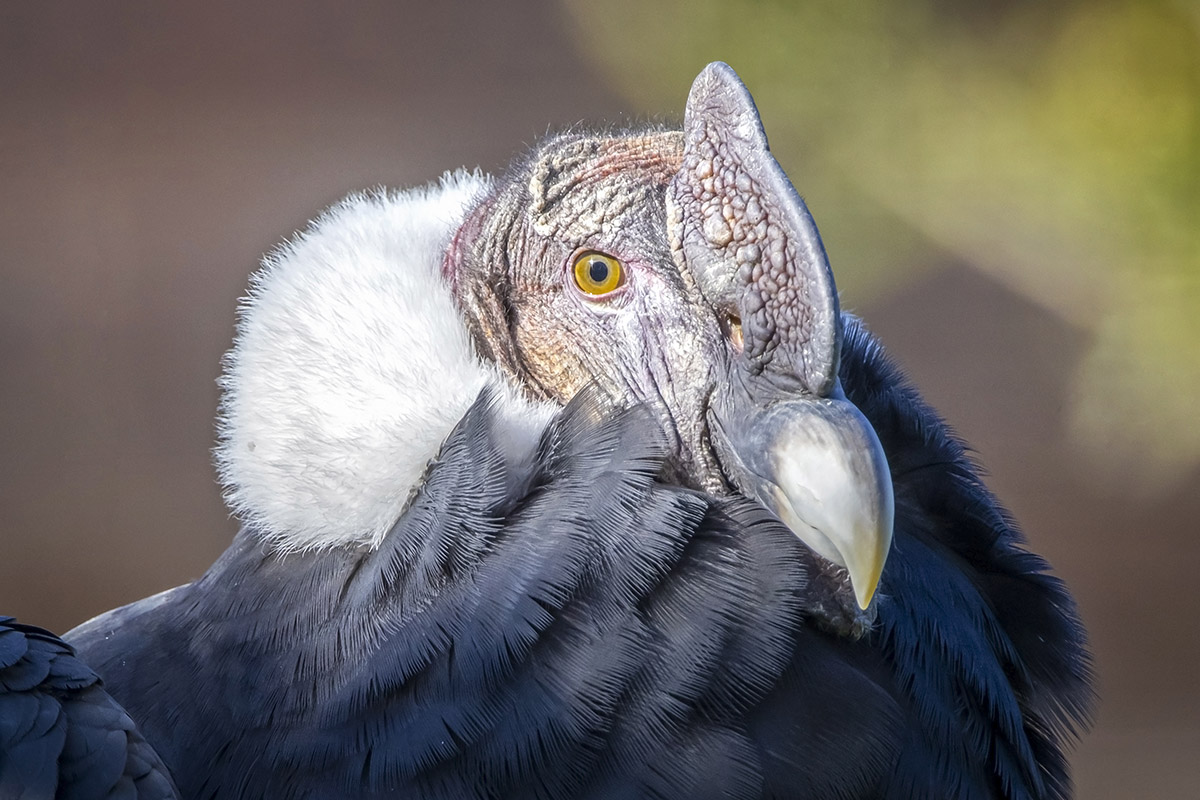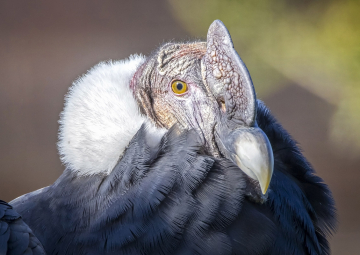THEORY
Imprinting: An Essential Bond for Well-being and Conservation

Imagine for a moment that you are a newly hatched duckling. You open your eyes, and the first thing you see is a moving figure. Without questioning it, your instinct leads you to follow that figure, assuming it is your mother. This phenomenon, known as imprinting, was thoroughly studied by ethologist Konrad Lorenz, who observed how goslings bonded with the first moving object they saw, even if it was a human.

In this article, we will explore how imprinting influences animal behavior and how this knowledge can be applied to training practices to improve communication and bonding between species.
But what is imprinting?
It is an early learning phenomenon in which an animal establishes a lasting connection with another living being or specific stimuli during a critical period of its development. This process is vital in shaping social and survival behaviors in many species. In a zoo environment, understanding and properly managing imprinting is essential to ensuring animal well-being and the success of conservation programs. It is characterized by being a fast and generally irreversible process that occurs during a sensitive phase of an animal’s development. This early learning allows young animals to recognize and follow their parents, which is crucial for their protection and learning of necessary survival skills. In addition to visual recognition, imprinting can involve tactile and olfactory stimuli, as seen in mammals where the mother licks the newborn after birth, facilitating the mother-offspring bond.
Applications of Imprinting in Zoos
In zoos, imprinting is carefully managed to achieve various objectives:
-
Assisted Rearing of Threatened Species: When offspring are abandoned, when mothers are unable to care for them, or when species are so endangered or have a very low birth or survival rate, caregivers intervene to ensure the survival of the young. It is crucial that this intervention minimizes imprinting on humans to avoid long-term dependency.
-
Training and Veterinary Management: Controlled imprinting on humans can be beneficial in facilitating the handling of animals under human care. For example, in the training of woolly monkeys and chimpanzees for blood sampling—like the one discussed in one of our previous articles in collaboration with our colleagues from Zoo de Cali (Colombia) click here to read more - establishing a relationship of trust with caretakers allows for medical procedures that are less stressful and safer.
-
Educational Programs and Public Interaction: Some zoos implement programs where animals, accustomed to human presence from an early age, participate in educational activities. These interactions promote public awareness, although they must be carefully managed to avoid stress in animals and ensure their well-being.

A sloth in a controlled interaction for educational purposes.
Risks and Ethical Considerations
Inappropriate imprinting can lead to significant issues::
-
Challenges in Reintroduction: Animals that have developed strong imprinting on humans may display inadequate behaviors in the wild, reducing their chances of survival.
-
Behavioral Problems: A lack of proper imprinting on their own species can result in difficulties in socializing, reproducing, and performing natural behaviors, negatively affecting their well-being..
-
Ethics in Human Interaction: It is essential to balance the need for human intervention with respect for the animal’s nature. Management practices should focus on animal welfare, avoiding excessive humanization and ensuring that the biological and psychological needs of each species are met.
There are several known cases, such as California condors or Eurasian eagle-owls raised in zoos for reintroduction programs. Caregivers wear disguises or use bird-shaped puppets to feed them, preventing them from bonding with humans and increasing the chances of successful reintroduction into their natural habitat.

Wesa, a two-week-old California condor chick, hatched on February 24, 2013, becoming the first of the season at the San Diego Zoo Safari Park..
Parrot Rehabilitation:
In rehabilitation programs for parrots affected by illegal trafficking, early exposure to humans has been observed to lead to habituation, making later release more difficult.
Red-and-green Macaw Reintroduction Project:
Institutions such as Fundación Rewilding Argentina, a project in which Wezooit participated, have worked on the reintroduction of the red-and-green macaw in the province of Corrientes, Argentina. Careful management of imprinting was key to the success of this project, ensuring that the birds underwent remote training and developed appropriate behaviors to survive in the wild with minimal contact with their caretakers.
At Wezooit, we believe that properly managing imprinting in zoo animals is crucial for their well-being and, above all, for ensuring success in conservation programs. That is why, when discussing animals born and trained in zoological centers, we must consider the impact of imprinting on their development. This connection to the human environment makes the idea of releasing them into the wild, in most cases, more of a wish than a real possibility. It is also for this reason that so-called “sanctuaries”, which are widely discussed these days, face enormous challenges in being truly viable. But that’s a topic for another article!
And remember, if it’s possible… Wezooit!


















